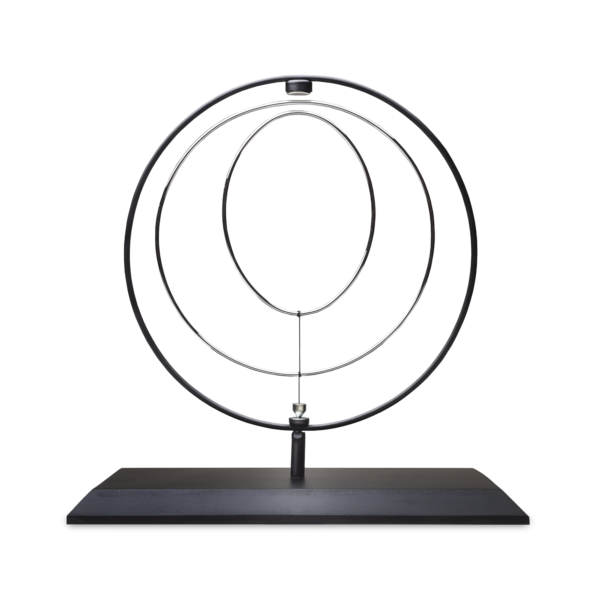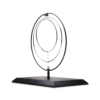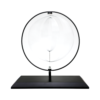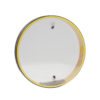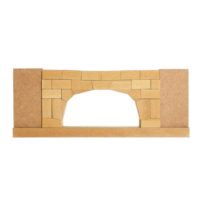Kinetic Magnetic Levitation Ring
$25.00
Product Specifications:
► Product Dimensions: 21x12x22 cm
► Product Weight: 373 g
► Material: Wood/Metal
► Country of Manufacture: Made in China
Description
In the marvelous world of modern technology, we are proud to introduce the brand-new Magnetic Levitation Ring. This device is not only captivating because it can hover in the air, but also due to the enchanting technology behind it. It floats effortlessly without any support, seemingly defying the rules of gravity. It is not just a marvel of engineering but also practically valuable. The meticulously designed appearance makes it a stylish decorative piece, adding a charming elegance to your home or office space.

The fascinating structure of the kinetic ring is a classic in science. With just a slight twist, one can observe the captivating stainless steel ring continuously rotating in a stunning visual display. From this, one can learn about magnetic fields and magnetism! The base is made of beech wood, and the ring is suspended from the top by a magnet and hangs on a fine wire from the bottom.
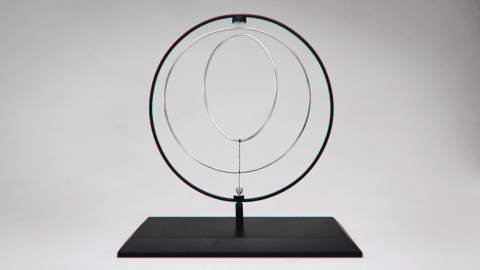
About Kinetic Art
Must paintings and sculptures always be static? Kinetic art, which employs mechanical motion or visual phenomena, brings artworks to life, allowing viewers to appreciate art from dynamic perspectives.
Kinetic art originated in the early 19th century, initially conceptualized around sculptures that possessed kinetic energy. The majority of these works focused on the integration of movement and art, encompassing themes like the relationship between human kinetics and art, or the balance between time, technology, and nature. Initially, many pieces centered around motors, using their kinetic energy to create varying probabilities and interpretations within a confined space. Beyond motors, techniques and styles also evolved through forces provided by wind or the observers themselves.
As times have changed, the techniques used in kinetic art have also become more diverse, centered around concepts of hyperrealism. Performance art, sculpture, and installation art have all become common expressions of kinetic art. For example, artists such as Marcel Duchamp and Man Ray have created works in this genre. Today, issues like environmentalism or feminism continue to drive and expand the progression of kinetic art.

